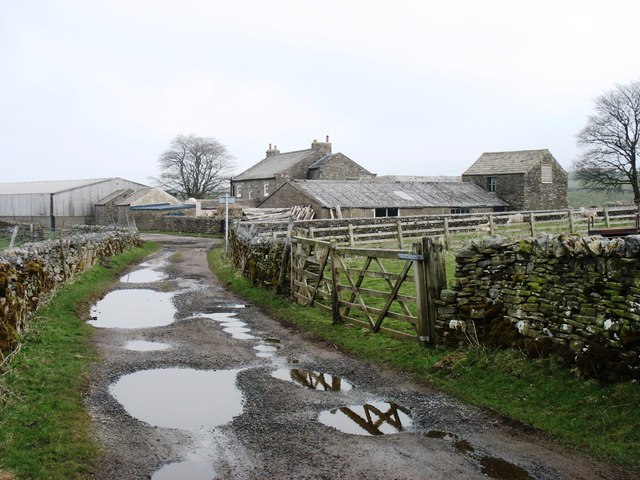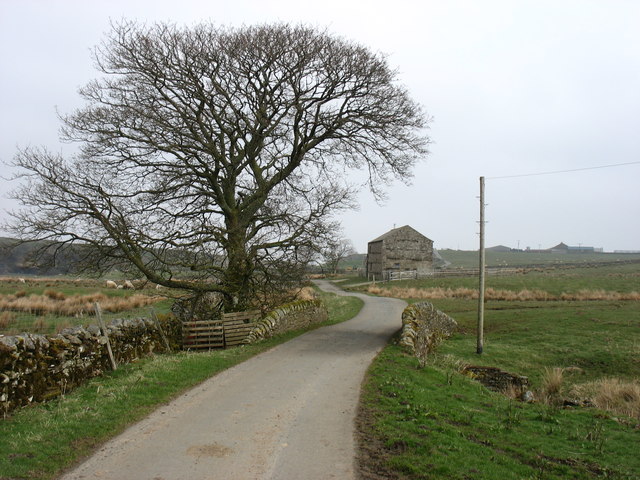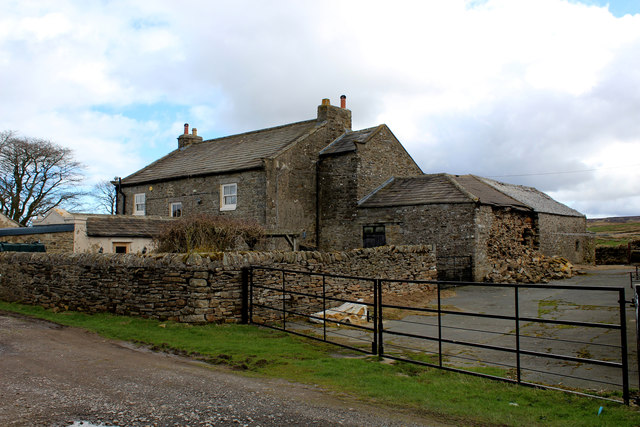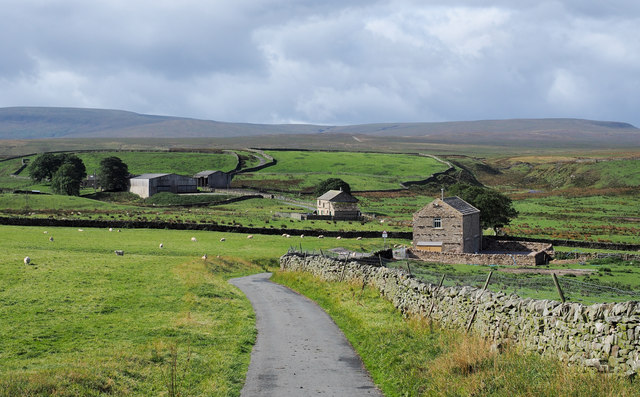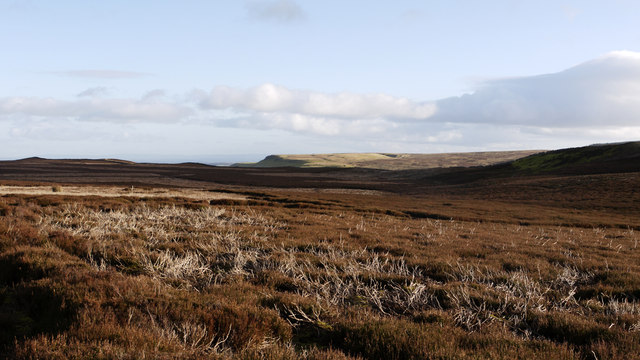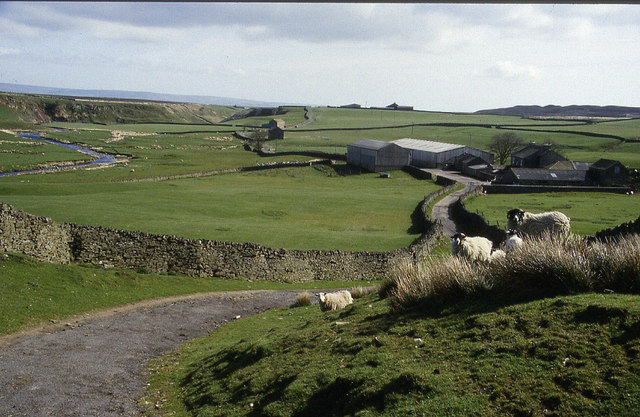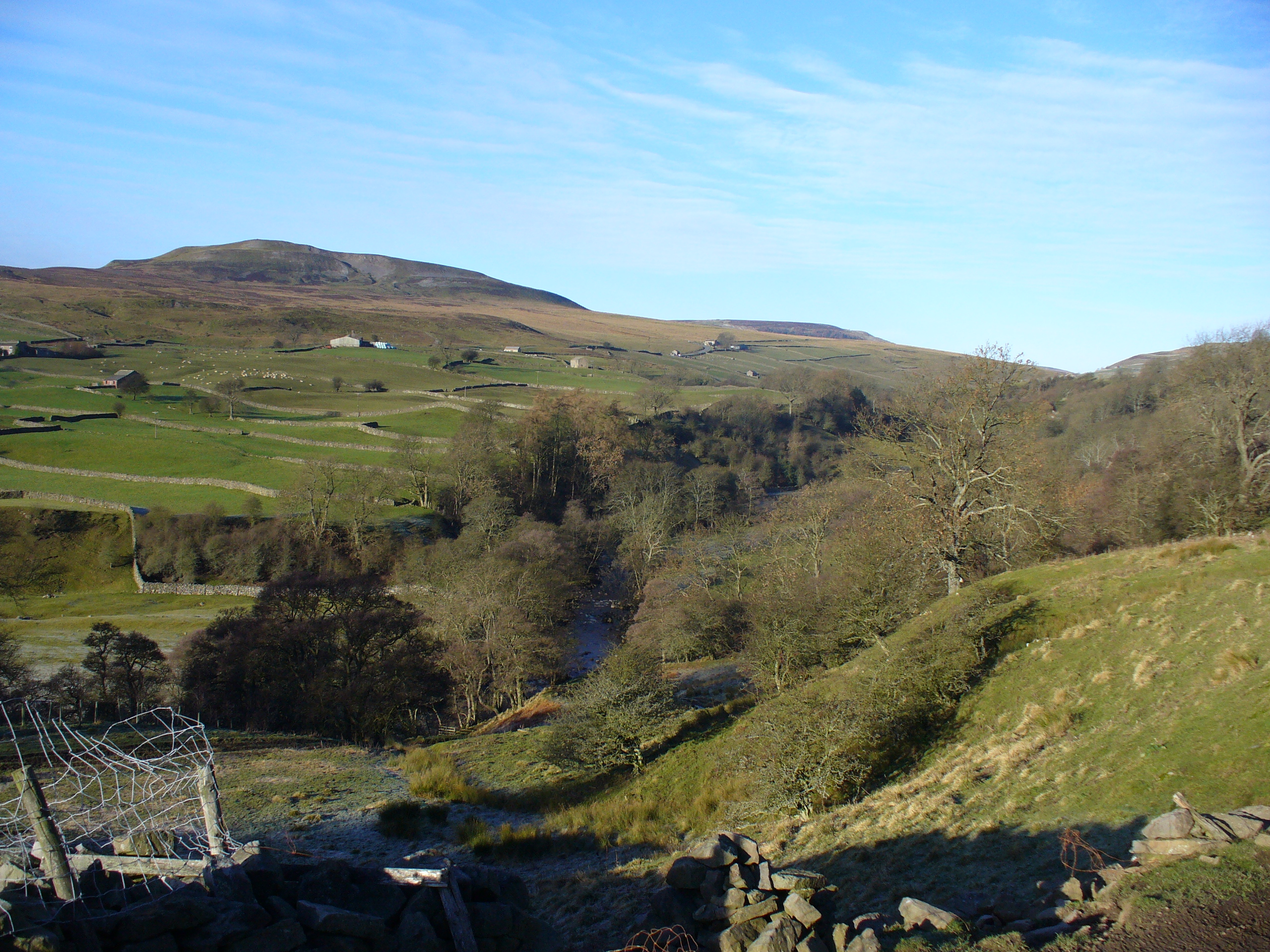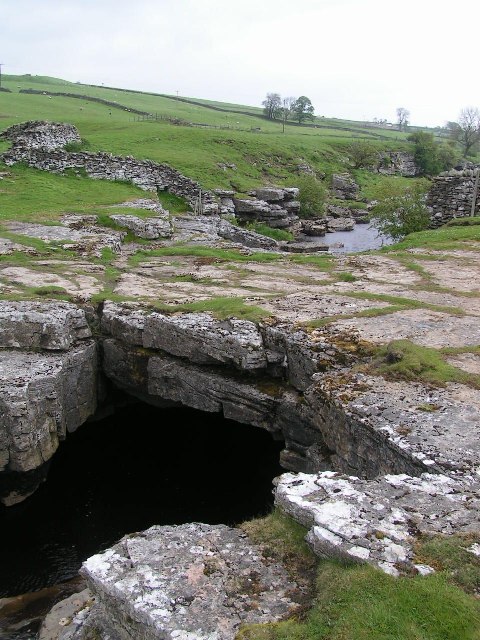Bow Hills
Range Of Mountains, Range Of Hills in Yorkshire Richmondshire
England
Bow Hills

Bow Hills is a range of hills located in the county of Yorkshire, England. Situated in the northern part of the county, Bow Hills are part of the larger Pennine Range, which stretches across the northern part of England. The hills are known for their picturesque landscapes, offering breathtaking views of the surrounding countryside.
With an elevation ranging from approximately 300 to 500 meters (1000 to 1600 feet), Bow Hills are not classified as mountains but rather as a range of hills. However, their steep slopes and rugged terrain give them a mountainous appearance. The hills are composed mostly of sedimentary rocks, such as sandstone and limestone, which have shaped their distinctive features over millions of years.
Bow Hills are home to a diverse range of flora and fauna, with heather moorlands covering the higher slopes and grasslands dominating the lower areas. The hills provide habitat for various bird species, including grouse, curlews, and skylarks, making them a popular destination for birdwatchers.
The area surrounding Bow Hills also holds historical significance, with evidence of human occupation dating back thousands of years. Ancient burial mounds and stone circles can be found in the vicinity, providing insights into the lives of early settlers.
Bow Hills attract outdoor enthusiasts who enjoy activities such as hiking, mountain biking, and horseback riding. Numerous footpaths traverse the hills, offering opportunities for exploration and enjoyment of the natural beauty. The hills also form part of the Pennine Way, a long-distance footpath that stretches over 400 kilometers (250 miles) across the Pennine Range.
Overall, Bow Hills in Yorkshire offer a captivating and diverse landscape, providing visitors with both natural beauty and historical intrigue.
If you have any feedback on the listing, please let us know in the comments section below.
Bow Hills Images
Images are sourced within 2km of 54.477275/-2.0445814 or Grid Reference NY9709. Thanks to Geograph Open Source API. All images are credited.


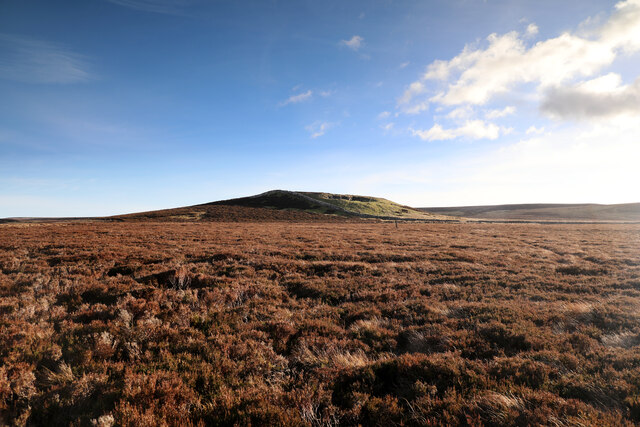

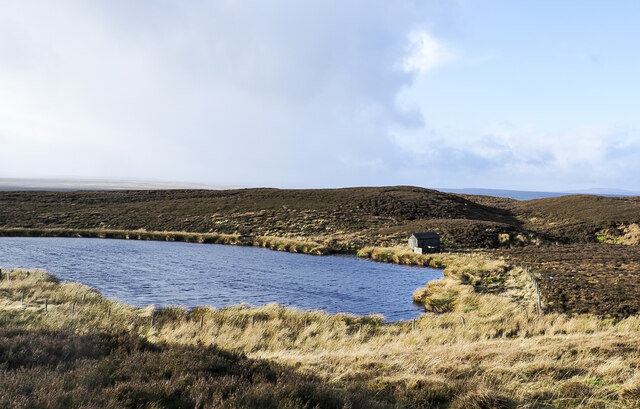

Bow Hills is located at Grid Ref: NY9709 (Lat: 54.477275, Lng: -2.0445814)
Division: North Riding
Administrative County: North Yorkshire
District: Richmondshire
Police Authority: North Yorkshire
What 3 Words
///stylists.overgrown.quest. Near Bowes, Co. Durham
Nearby Locations
Related Wikis
Sleightholme
Sleightholme is a secluded hamlet on a dead end road in County Durham, England. It lies beside Sleightholme Beck, a tributary of the River Greta. The...
Sleightholme Beck Gorge – The Troughs
Sleightholme Beck Gorge – The Troughs is a Site of Special Scientific Interest in the County Durham district of south-west County Durham, England. The...
Arkengarthdale
Arkengarthdale is a dale, or valley, on the east side of the Pennines in North Yorkshire, England. Running roughly north-west to south-east, it is the...
Hoove
Hoove is a hill in the northern Yorkshire Dales in North Yorkshire, England, near the town of Barnard Castle in County Durham. Its elevation is 554 metres...
God's Bridge
God's Bridge is a Site of Special Scientific Interest in the County Durham district of south-west County Durham, England. It is a natural limestone bridge...
Walney to Wear and Whitby Cycle Route
The Walney to Wear and Whitby Cycle Route (or W2W) is the name of a cross-country cycle route in Northern England. It runs from Walney Island in Cumbria...
National Cycle Route 70
National Cycle Network (NCN) Route 70 is a Sustrans National Route that runs from Walney Island in Cumbria to Sunderland. The route is fully open and signed...
Whaw
Whaw is a hamlet in Arkengarthdale in North Yorkshire, England. It is one of few settlements in the dale and is one of the smallest. Its name derives from...
Nearby Amenities
Located within 500m of 54.477275,-2.0445814Have you been to Bow Hills?
Leave your review of Bow Hills below (or comments, questions and feedback).

